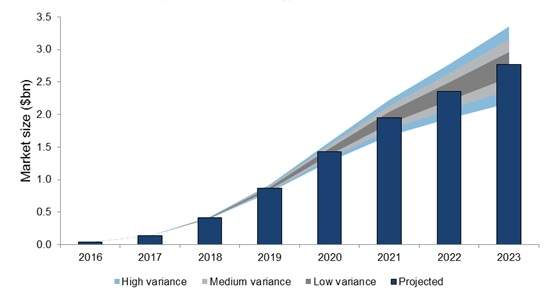In 2016 Sanofi only had two commercially significant marketed products for skin diseases – Allegra and Targocid – which generated $31m and $8m respectively.
These modest revenues meant the company commanded a market share of just 0.27%, which made it the 25th placed company in the therapy area.
However, between 2016 and 2023 Sanofi’s revenue from dermatology is forecast to increase at a compound annual growth rate (CAGR) of 83.6%, peaking at $2.8 billion in 2023.
This will make it the fourth largest company in the therapy area, with a market share of 10.3%.
Growth driven by Dupixent

See Also:
In March 2017 Sanofi received FDA approval for Dupixent – the first biologic drug to treat moderate-to-severe atopic dermatitis.
How well do you really know your competitors?
Access the most comprehensive Company Profiles on the market, powered by GlobalData. Save hours of research. Gain competitive edge.

Thank you!
Your download email will arrive shortly
Not ready to buy yet? Download a free sample
We are confident about the unique quality of our Company Profiles. However, we want you to make the most beneficial decision for your business, so we offer a free sample that you can download by submitting the below form
By GlobalDataIt will be marketed by Sanofi and Regeneron, with the majority of the revenue going to Sanofi.
In 2017 Sanofi is forecast to generate $102 million from Dupixent, and between 2017 and 2023 this will increase at a CAGR of 154%, peaking at $2.75 billion in 2023.
With Sanofi’s and Regeneron’s 2023 Dupixent revenues combined, the drug will be the second most commercially successful product in dermatology, with an annual revenue of $3.6 billion, trailing behind only Novartis’s Cosentyx.








